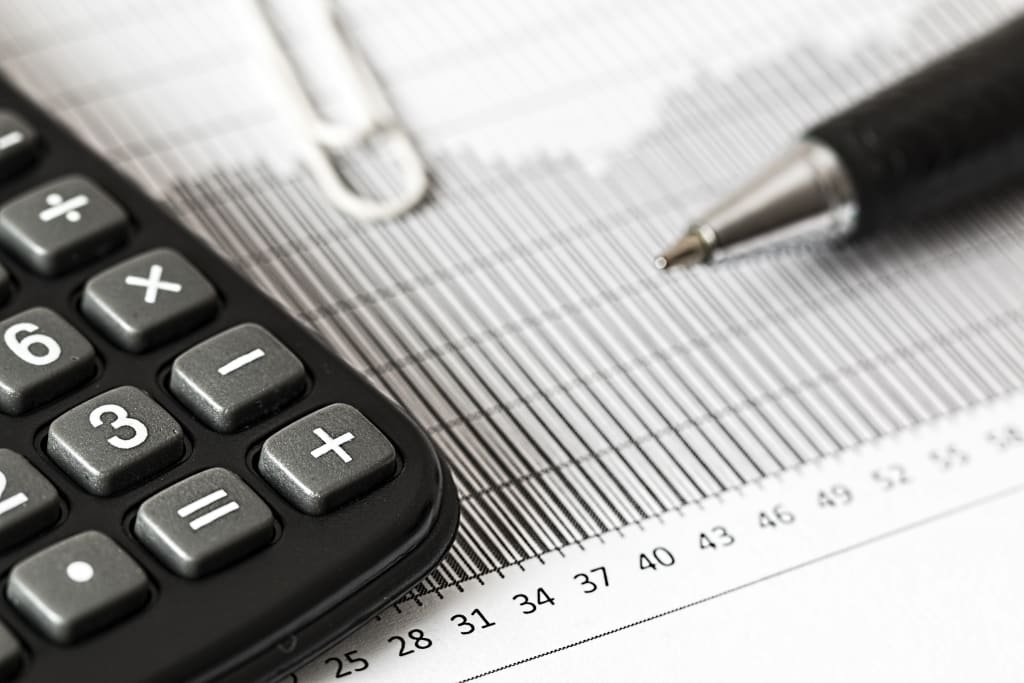The Big Small Business Tax Deduction Guide
Being on top of your tax game can make an enormous difference for your business game.

Small businesses come in all sizes, sectors, and uses. They vary so widely information and advice needs to be custom and tailored to each because situations vary so much. However, taxes is one of those areas that everyone has to face and do so every year. Tax time can be stressful and damaging but when armed with the right information you can make taxes be to your advantage. There are a few tax deductions and expenses that if you are aware of you can be ahead of the game.
Vehicles/Travel
Keep meticulous records during the year to prove the use of your car for business purposes especially if you also use the business for personal reasons. You have the possibility of deducting the actual expenses like gas, maintenance, parking and even toll booths. That can be sticky, so the more straightforward and simpler route is the IRS standard mileage rate which is 58 cent per mile deduction as of 2019. All those little travel expenses can add up quickly and really make a huge difference over the year, these ads up to be a huge chunk of money that you can possibly deduct. Some other options like Hurdlr which tracks your miles if you have your location enabled. This allows takes out the tedious paper trail of tracking it yourself. This app will do it all for you and even calculate the deductible amount in the app. Another aspect that people don’t often consider is that there are specific car leases or deals on new or used cars for businesses. Not only could you deduct the expenses of a car but sometimes the car itself.
In addition, there are other travel expenses that are deductible. Most industries have some kinds of professional events or trade shows where similar companies or vendors gather to sell goods, build new relationships and more. There are deduction gold mines which include airfare, hotels, meals and sometimes even tips. For your trip to qualify you need to be sure that
1. Your responsibilities during the trip keep you away from your place of business substantially longer than a regular workday
2. You need sleep or rest to meet the demands of your work while away
3. You need to keep receipts of everything that you do.
Home Office
One of the most common yet least understood deductions is the infamous home office. This is one of those that gets a bad rap for being dishonest and sketchy but it is perfectly appropriate and the IRS is ok with it and they have outlined how to go about it in their official guidelines. The short version of it is the fact that you need to have a dedicated space for your home office. Doing work at the kitchen table while your kids are doing their homework doesn’t really count as a home office. A specific room has to be dedicated to that for it to work. It is commonly calculated by taking the square footage of your home and divide it by the square footage of the room used as an office equals the percentage of direct and indirect expenses that can be deducted. These expenses can include rent, insurance, repairs, utilities and more. This can be a little more complicated for small business owners and there can be controversies surrounding, in most cases consider having a professional look at it so you can get the most bang for your buck.
Equipment/Supplies
In terms of deducting equipment and supplies there are a couple things to keep in mind, the IRS leans one of a two ways in this arena. You can either deduct the entire cost of items for that year when it was purchased, or you can depreciate the purchases over a seven-year period. You need to make sure that you are following the regulations on this.
With this in mind, you may want to consider renting equipment for your business. This can make it more beneficial for your bottom line since these expenses can be deducted in the year they are bought with no depression. Some supplies are different than others for an ice cream shop supplies might be spoons which are quickly used or for an office printer ink might be a short-lived expense. These expenses can’t realistically be calculated in terms of depreciation as would a new printer or an industrial blender. Due to the Tax cuts and Jobs Act you can get a depreciation tax break that allows you to deduct 100 % of the costs upon purchase. Keep in mind that the asset must
1. Be used in the business or held to produce income during the year of purchase
2. Useful life of the asset must be greater than 1 year
3. It must be as asset that wears out, gets used or loses value over time (which is most everything)
These criteria can be difficult because they are both specific but loose at the same time. Some common assets this fit are land, inventory, or AC and heating units.





Comments
There are no comments for this story
Be the first to respond and start the conversation.